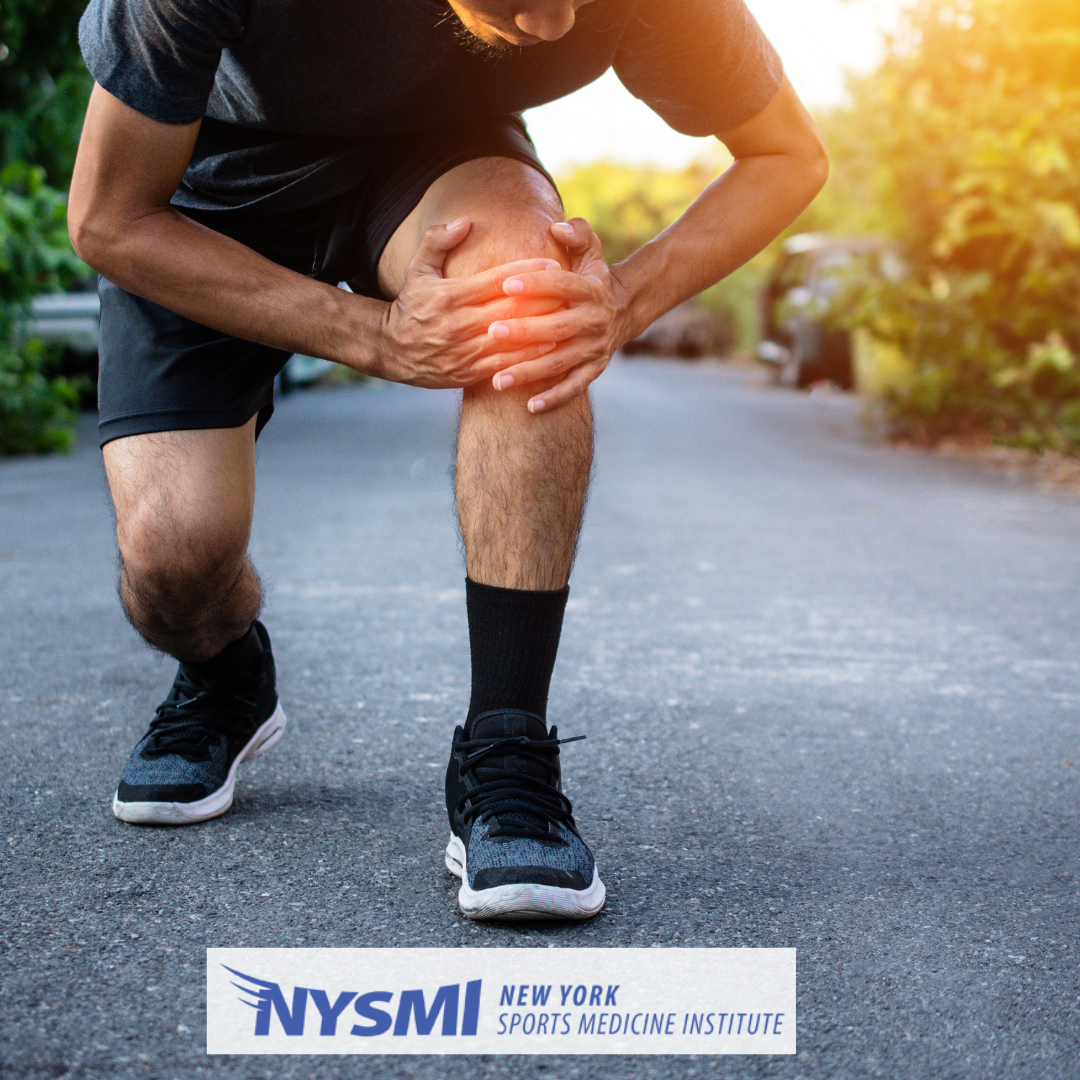
06 Jul Common Knee Injuries And Their Treatment Options
The knee is a complex joint that plays a crucial role in our daily activities, providing stability and facilitating movement. Unfortunately, knee injuries are common and can occur for various reasons, such as sports-related activities, accidents, or degenerative conditions. At New York Sports Medicine Institute, our orthopedic surgeon would like to share information about the most common knee injuries and their treatment options. Continue reading to learn more!
Understanding Knee Injuries
Knee injuries are among the most prevalent injuries we treat at New York Sports Medicine Institute. Identifying and treating these injuries promptly is essential to prevent further complications and ensure a speedy recovery.
- Anterior Cruciate Ligament (ACL) Tear – One of the most prevalent knee injuries is an anterior cruciate ligament (ACL) tear. This injury often occurs during sports activities involving sudden stops, direction changes, or direct blows to the knee. Individuals experiencing an ACL tear may hear a popping sound and feel severe pain. Swelling, instability, and difficulty bearing weight are also common symptoms. Treatment for an ACL tear typically involves a combination of physical therapy and, in some cases, surgical intervention. Physical therapy aims to strengthen the surrounding muscles and restore stability to the knee joint. Our orthopedic surgeon will reconstruct the torn ligament using grafts to regain knee function when surgery is necessary.
- Meniscal Tear – The meniscus is a C-shaped cartilage in the knee joint, providing cushioning and stability. Meniscal tears can occur due to sudden twisting or direct impact on the knee. These tears often lead to pain, swelling, stiffness, and a locking sensation in the knee. Treatment options for meniscal tears vary depending on the severity and location of the tear. Conservative approaches may include rest, ice, compression, and therapeutic exercises to improve knee strength and stability. In more severe cases, surgical intervention from our orthopedist may be required to repair or remove the damaged portion of the meniscus.
- Patellofemoral Pain Syndrome (Runner’s Knee) – Patellofemoral pain syndrome, commonly known as runner’s knee, is characterized by pain and discomfort around the front of the knee. This condition often affects individuals who engage in repetitive knee bending activities, such as running or jumping. Treating patellofemoral pain syndrome typically involves a multifaceted approach. It may include rest, ice, anti-inflammatory medications, and exercises to strengthen the muscles surrounding the knee. Orthotics or knee braces may also be recommended to provide additional support and alignment.
- Osteoarthritis – Osteoarthritis is a prevalent degenerative joint disease that commonly affects the knee. It occurs when the protective cartilage that cushions the joint wears down over time, leading to pain, stiffness, swelling, and reduced mobility. Factors such as age, previous injuries, and genetics can contribute to the development of osteoarthritis. Managing osteoarthritis involves a combination of non-surgical and surgical treatment options. Non-surgical interventions may include lifestyle modifications, pain management techniques, strengthening exercises, and assistive devices such as canes or braces. In severe cases, surgical procedures like knee arthroscopy or knee replacement may be recommended to alleviate pain and restore function.
- Patellar Tendonitis (Jumper’s Knee) – Patellar tendonitis, commonly called jumper’s knee, is an overuse injury that affects the tendon connecting the kneecap to the shinbone. It often occurs due to repetitive jumping or activities that strain the patellar tendon excessively. Symptoms can often include pain, swelling, and tenderness around the knee joint. Treatment for patellar tendonitis typically begins with conservative measures such as rest, ice, exercises, and anti-inflammatory medications. In severe cases where conservative methods fail to provide relief, an orthopedic surgeon may recommend procedures like platelet-rich plasma (PRP) therapy or minimally invasive tenotomy to promote healing.
Contact Us
Understanding common knee injuries and their treatment options is crucial for maintaining optimal knee health. By seeking prompt medical attention and following the advice of an experienced orthopedic surgeon, you can effectively address these injuries and enhance your overall well-being. Remember, everyone’s condition is unique, and treatment options may vary. It is essential to consult with our experts at New York Sports Medicine Institute to receive personalized advice tailored to your specific needs. Our orthopedic surgeon will assess your condition comprehensively and recommend the most suitable course of action for a successful recovery. Be sure to contact NYSMI today to learn more and request an appointment.

